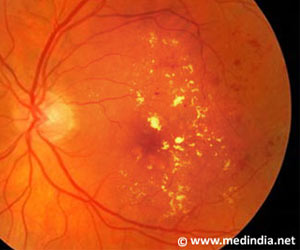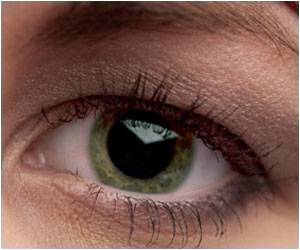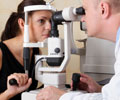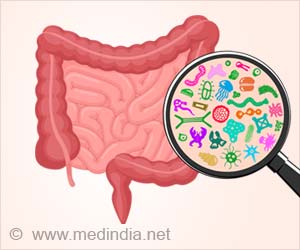The symptoms of dry eye disease include the sensation of grit in the eye, frequently accompanied by burning, itching and visual disturbance.

The prevalence of dry eye disease, and the frequency and severity of symptoms, were assessed through questionnaires mailed out to the women. At the same time 681 randomly selected twins from the cohort, who were taking part in a subsidiary study on pain, supplied additional information on dry eye symptoms and rated their own health on a five point scale. Around one in 10 of the women (9.6%) had been diagnosed with dry eye disease, which was being treated with artificial tear eye drops or gel.
One in five (just under 21%) had experienced symptoms in the past three months. The analysis showed that the prevalence of a diagnosis of dry eye disease rose with age, from 2.7% among women in their 30s to one in five of those in their 90s. Cataract surgery, age related macular degeneration, and glaucoma were all significantly associated with dry eye disease, as was the use of contact lenses. Autoimmune diseases, such as thyroid problems, rheumatoid arthritis, and allergies asthma and eczema were also linked to a heightened risk.
Furthermore, fertility problems were strongly associated with dry eye disease, as was osteoarthritis. But the strongest associations were found with long-term pain syndromes (known as chronic pain syndromes), such as irritable bowel syndrome, pelvic pain, and chronic widespread pain syndrome (also known as fibromyalgia). People with these conditions also tended to have depression and migraine—risk factors for dry eye disease in their own right. The responses to the health questionnaire showed that people with dry eye symptoms rated their health, on average, worse than those without symptoms.
They highlighted difficulties watching TV, driving, working online, and experienced discomfort in places that were air conditioned or where the air was dry. The researchers conclude that dry eye disease is very common among women and that it has a significant impact on perceived quality of life. They add that their findings suggest that altered pain perception as well as psychological factors may influence the development of the condition and symptom severity, and that some patients might be helped by treating the pain rather than just lubricating the eyes.
Source-Eurekalert














